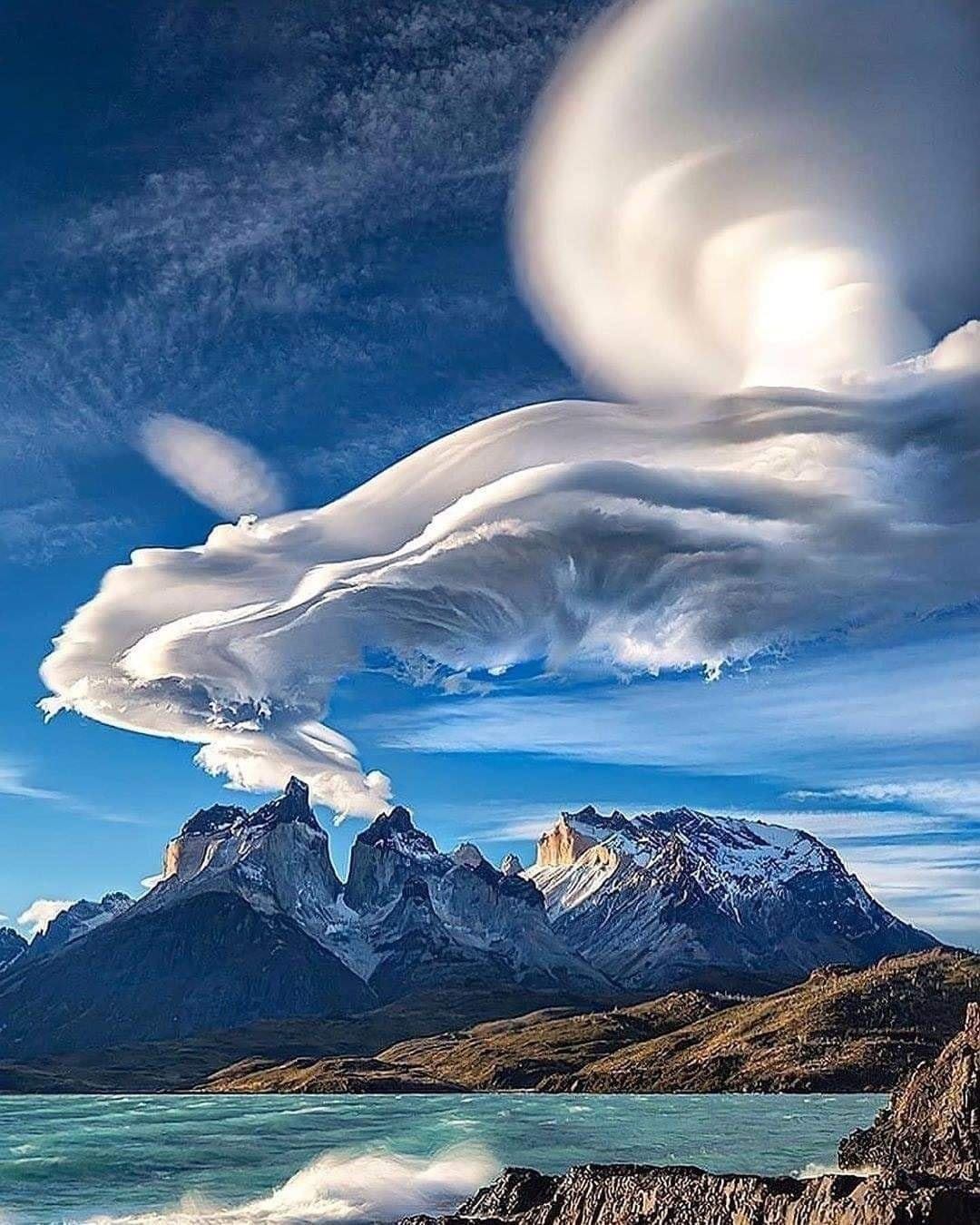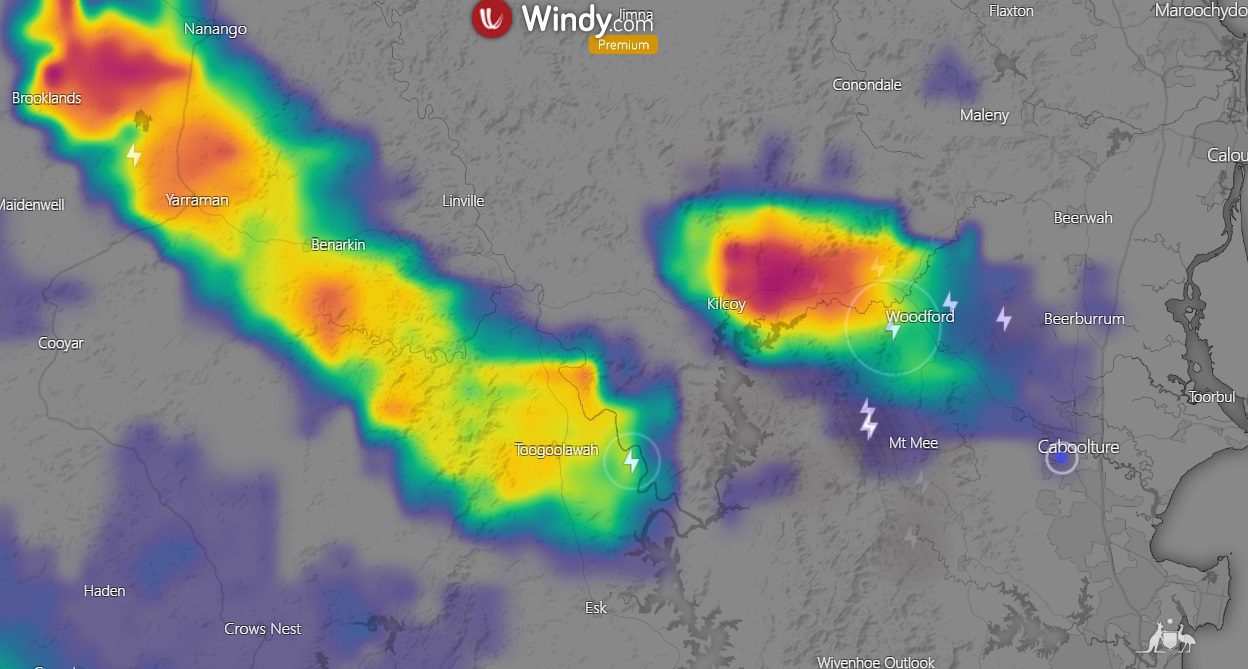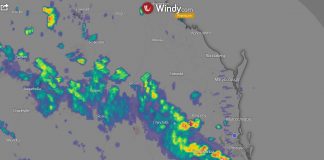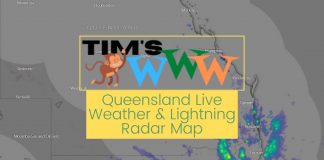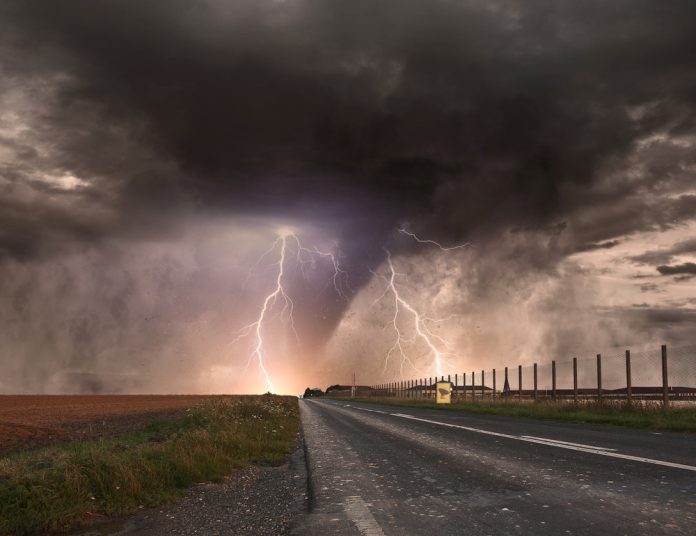
Are You a Weather Whiz?
Test Your Knowledge with These Fun Weather Trivia Questions
Weather questions and answers cover a wide range of topics related to the Earth’s atmosphere, weather patterns, and climate. These questions can be of a scientific or general nature and help us better understand the world around us.
There are many different types of weather questions and answers, ranging from basic questions like “What is the difference between weather and climate?” to more complex ones such as “What is the relationship between El Niño and La Niña and global weather patterns?”
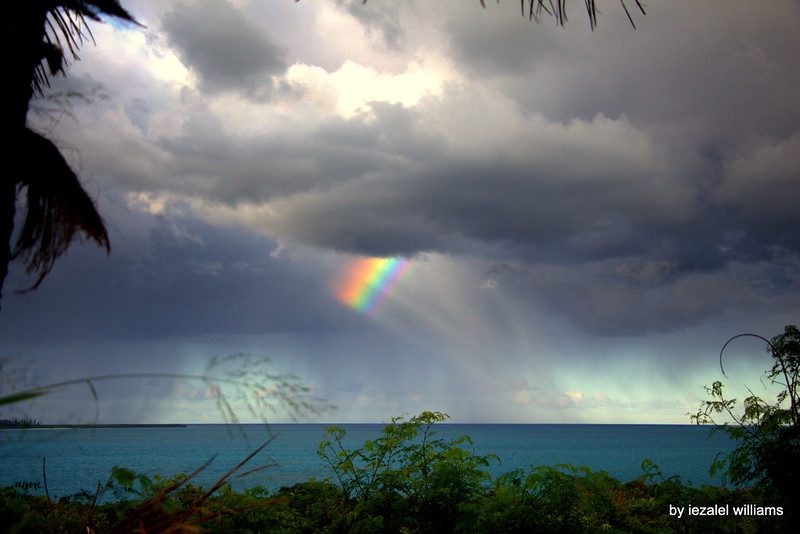
Beyond the Forecast
Delving into the Strangest and Most Unusual Weather Questions, You’ve Ever Heard!
Weather questions can be asked and answered by people of all ages and backgrounds, from students studying atmospheric science to farmers concerned about crop yields to travelers planning their next trip.
Many resources are available for finding weather questions and answers, including books, websites, and apps. Some popular and reliable sources of weather information include the following:
- Tims Weather (Facebook Page – Tim’s Severe Weather Queensland)
- National Oceanic and Atmospheric Administration (NOAA)
- Meteologix
- Windy Weather
- The Weather Channel
- Weather Underground
These resources provide a wealth of information on everything from the basics of meteorology to detailed weather forecasts and historical weather data.
One way to find weather questions and answers is to participate in weather-related forums and discussion boards. These forums allow people to ask and answer questions and share their knowledge and experiences with others who are interested in weather-related topics.
Some popular weather-related forums include those hosted by NOAA, the American Meteorological Society, and Weather Underground.
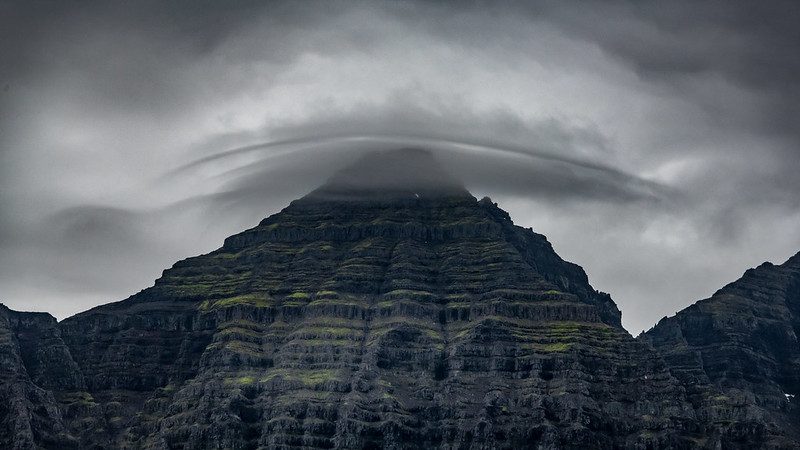
Weather Questions and Answers For Adults and Kids Alike
What Do Mercurial Barometers Measure?
Mercurial barometers measure air pressure. They have a glass tube filled with mercury that rises or falls depending on the atmospheric pressure. Scientists use barometers to monitor weather patterns and to predict the arrival of storms or other weather conditions.
What Is a Roll Cloud?
A roll cloud is a type of low-level, tube-shaped cloud that appears to roll on its axis as it moves. It is often seen in the wake of a thunderstorm or cold front. Roll clouds are relatively rare but can be quite impressive and can stretch for miles.
What Is a Fire Whirl?
A fire whirl, also known as a fire tornado or a firenado, is a spinning vortex of flames caused by intense heat and wind. It can form during a wildfire or a controlled burn and can be very dangerous for firefighters and people in the area.
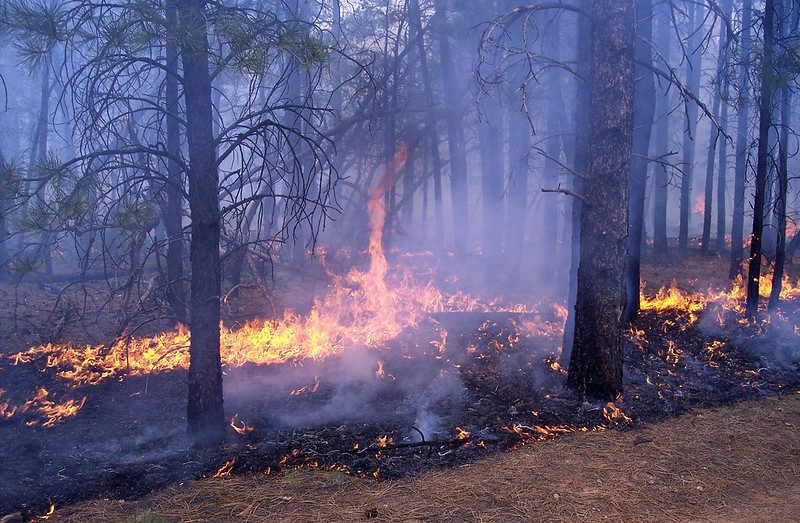
What Is a Haboob?
A haboob is a type of intense dust storm that occurs in arid regions. It is often caused by the cold air of a thunderstorm rushing toward the hot, dry ground and can be accompanied by strong winds, lightning, and poor visibility.
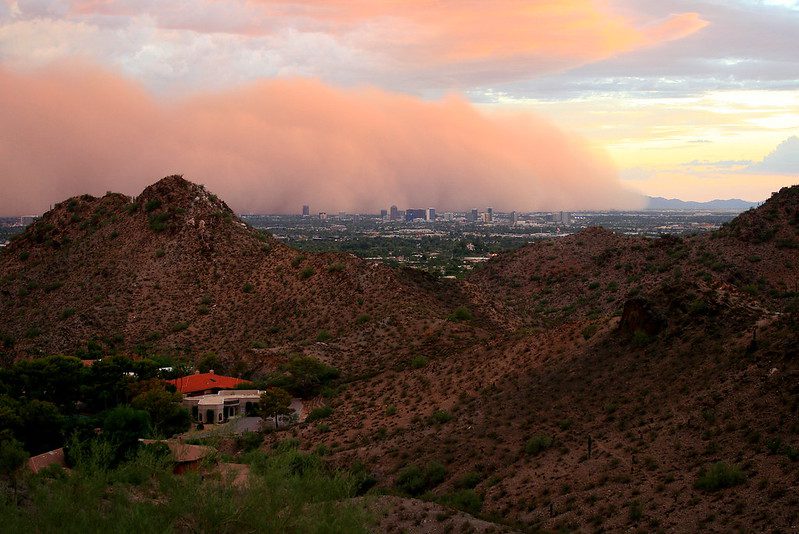
Has It Really Rained Down Frogs or Fish?
Although it may seem like a myth, there have been reports of frogs, fish, and other small creatures raining down from the sky. It’s thought that these occurrences are caused by powerful storms or tornadoes that pick up animals from the ground and carry them into the air before dropping them elsewhere.
What Is The Fujiwhara Effect?
The Fujiwhara Effect is a meteorological phenomenon that occurs when two tropical cyclones get close enough to each other to create a shared center, forcing the two storms to whip around that common central point.
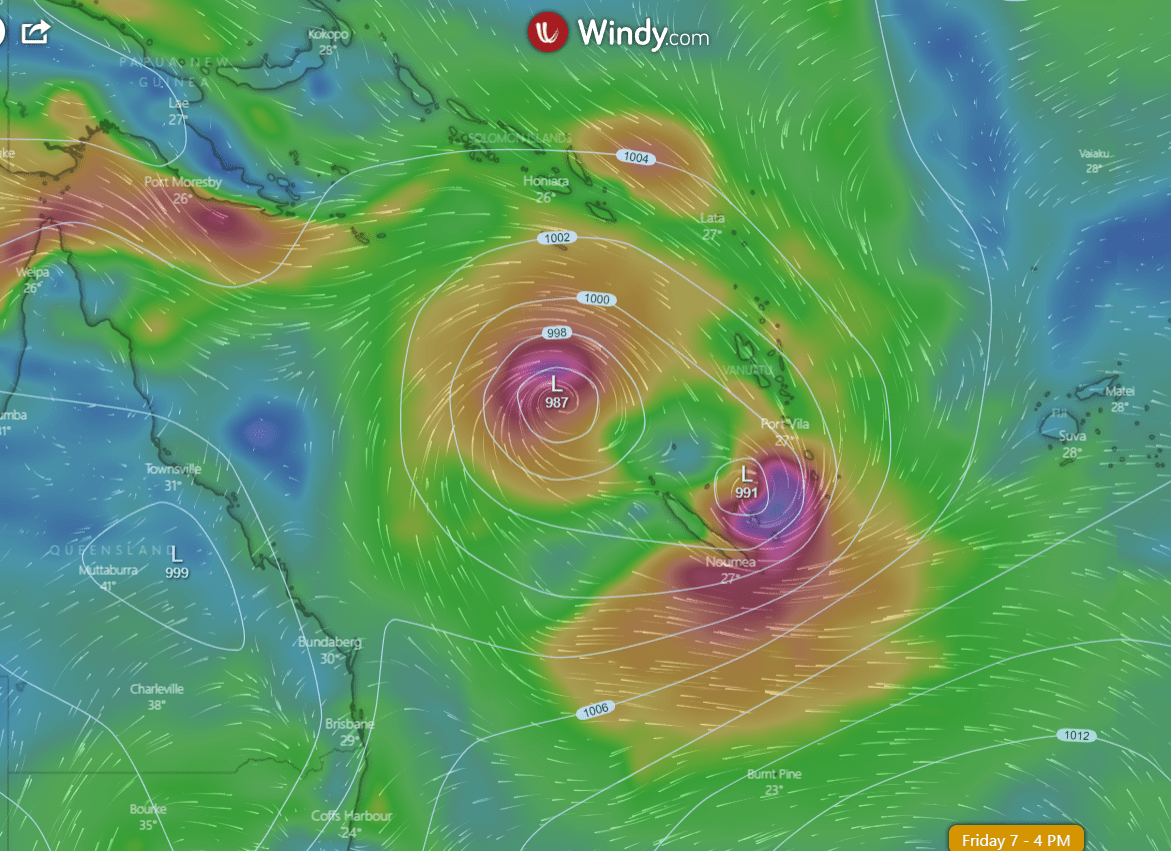
Specifically, it is the interaction between tropical storms formed around the same time in the same ocean region with their centers or eyes at a distance of less than 1,400 km, with an intensity that could vary between a depression (wind speed under 63 km per hour) and a super typhoon (wind speed over 209 km per hour).
The Fujiwhara Effect can merge two cyclones to become one megacyclone or cause the two cyclones to orbit around each other, exchanging spiral bands of intense thunderstorms and rain and, in some cases, even changing the direction and intensity of each other’s paths.
Why Are Thunderstorms More Common in the Afternoon and Evening?
Thunderstorms are more common in the afternoon and evening because that is when the sun’s energy is most concentrated on the earth, causing the air to become more unstable and conducive to thunderstorm formation.
Why Does It Smell Different When It’s Raining?
When it’s raining, the air pressure drops, and certain compounds are released from the ground, causing a unique scent that many people associate with rain.
What Is the Rarest Storm?
The rarest storm is the “perfect storm,” which occurs when three separate weather systems combine to create an especially powerful and dangerous storm.
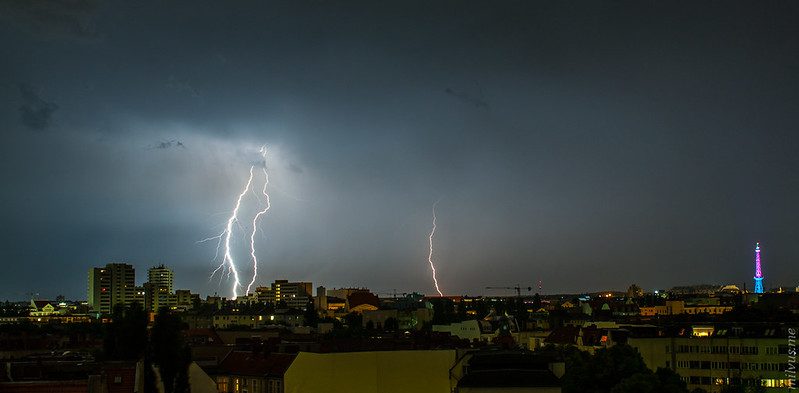
Can You Tell the Temperature by Counting Cricket Chirps?
While you can’t tell the exact temperature by counting cricket chirps, you can use them to estimate the temperature. Count the number of chirps in 15 seconds, then add 37. The resulting number will give you the approximate temperature in Fahrenheit.
What Is the Rarest Cloud to See?
The rarest cloud to see is the Morning Glory cloud, a long, low cloud formation in northern Australia. It is caused by a unique set of weather conditions and can be quite impressive to see.
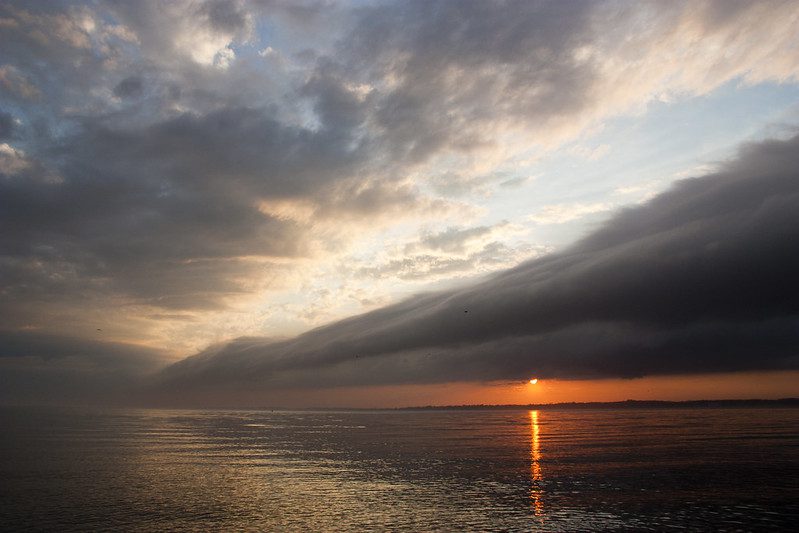
Why Do Worms Show Up After Rain?
Worms come to the surface after rain because the ground is wet, and they can move more easily. It’s also thought that they may be trying to escape flooded burrows.
Can Counting the Seconds Between Lightning and Thunder Tell You How Far Away It Is?
Counting the seconds between lightning and thunder can give you a rough estimate of how far away the lightning is. For every five seconds you count, the lightning is approximately one mile away.
Can Wildfires Cause Tornadoes?
Wildfires can create their own weather conditions, including strong winds that can lead to the formation of a fire whirl. In some cases, these whirls can lead to the formation of a tornado.
Do Frogs Forecast Rain?
While frogs and other animals may be more active before a storm, there is no evidence that they can predict rain accurately.
What Is a Fallstreak Hole?
A fallstreak hole is a circular or oval-shaped hole that appears in a layer of clouds and is caused by a sudden change in temperature. They can be quite striking to see and are sometimes mistaken for UFOs.
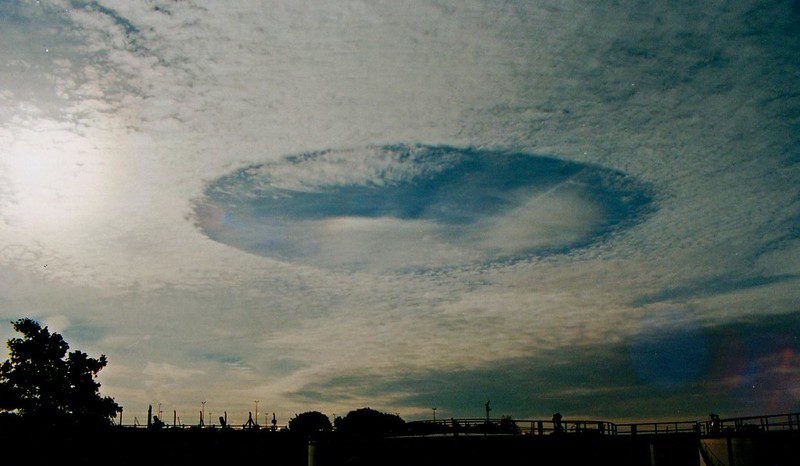
What Is a Circumhorizontal Arc?
A circumhorizontal arc is a rainbow-like phenomenon that occurs when sunlight passes through ice crystals in the atmosphere. It is rare and often referred to as a “fire rainbow.”
Could a Nuclear Bomb Stop a Cyclone or Hurricane?
Nuclear bombs are not effective in stopping hurricanes or cyclones, and using such weapons would cause more harm than good.
What Is a Virga?
Virga is a type of precipitation that falls from the clouds but evaporates before it reaches the ground. It can appear as streaks or wispy lines in the sky.
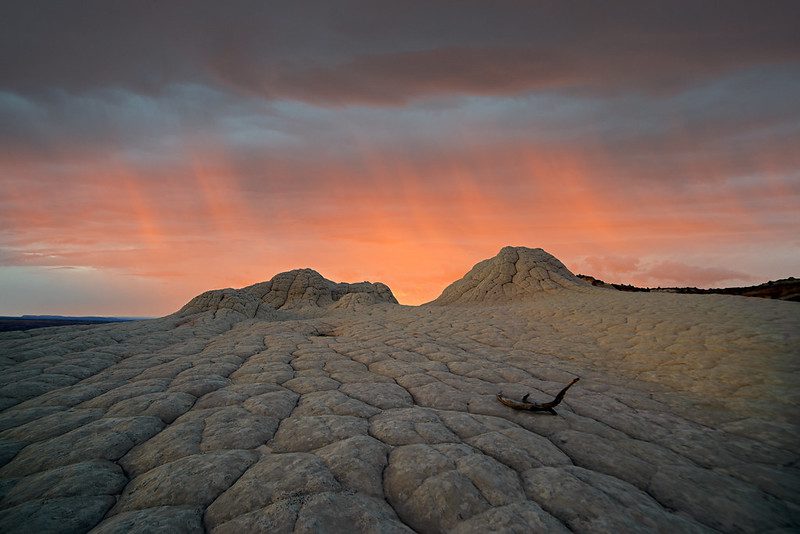
What Is Graupel?
Graupel is a type of precipitation similar to hail but formed when snowflakes encounter supercooled water droplets. It looks like small, white pellets and can be mistaken for hail or sleet.
What Is a Sleet Shower?
A sleet shower is a type of precipitation that consists of ice pellets or sleet, which are small, frozen raindrops. It can be quite unpleasant to be caught in a sleet shower, as the pellets can be sharp and painful.
What Is the Difference Between Partly Sunny and Partly Cloudy?
Partly sunny and partly cloudy both describe similar conditions, but different weather services use them. Partly sunny is used by the National Weather Service, while the Weather Channel uses partly cloudy. They both mean that there will be some clouds and some sun, but the exact ratio of sun and clouds may differ.
What Is the Hottest Temperature Ever Recorded on Earth?
The hottest temperature ever recorded on Earth was 134 degrees Fahrenheit (56.7 degrees Celsius) in Death Valley, California, in 1913.
What Is the Coldest Temperature Ever Recorded on Earth?
The coldest temperature ever recorded on Earth is very interesting to many people. According to several sources, the world record for the lowest temperature ever recorded was -128.6 degrees Fahrenheit (-89.2 degrees Celsius), which was recorded on July 21, 1983, in Vostok, Antarctica.
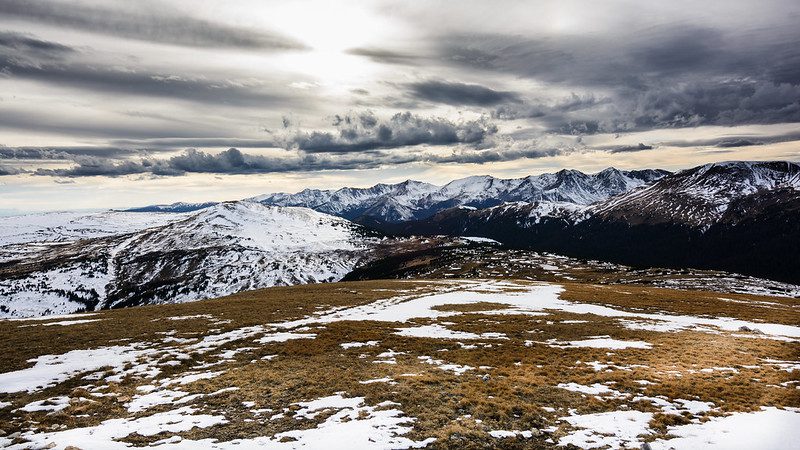
What Are the Difference Between a Hurricane, a Typhoon, and a Cyclone?
Hurricanes, typhoons, and cyclones are all names for the same type of weather phenomenon: a rotating, tropical storm with winds of at least 74 miles per hour (119 kilometers per hour). The name depends on the location where the storm occurs.
What Is a 22-Degree Halo?
A 22-degree halo is a circular halo that appears around the sun or moon caused by the refraction of light through ice crystals in the atmosphere.
How Is Climate Change Affecting Extreme Weather Events, Such as Heatwaves, Droughts, and Hurricanes?
Climate change is causing more frequent and severe extreme weather events, such as heatwaves, droughts, and hurricanes. The increasing amount of greenhouse gases in the atmosphere is leading to a rise in global temperatures, affecting weather patterns and causing more extreme weather conditions.
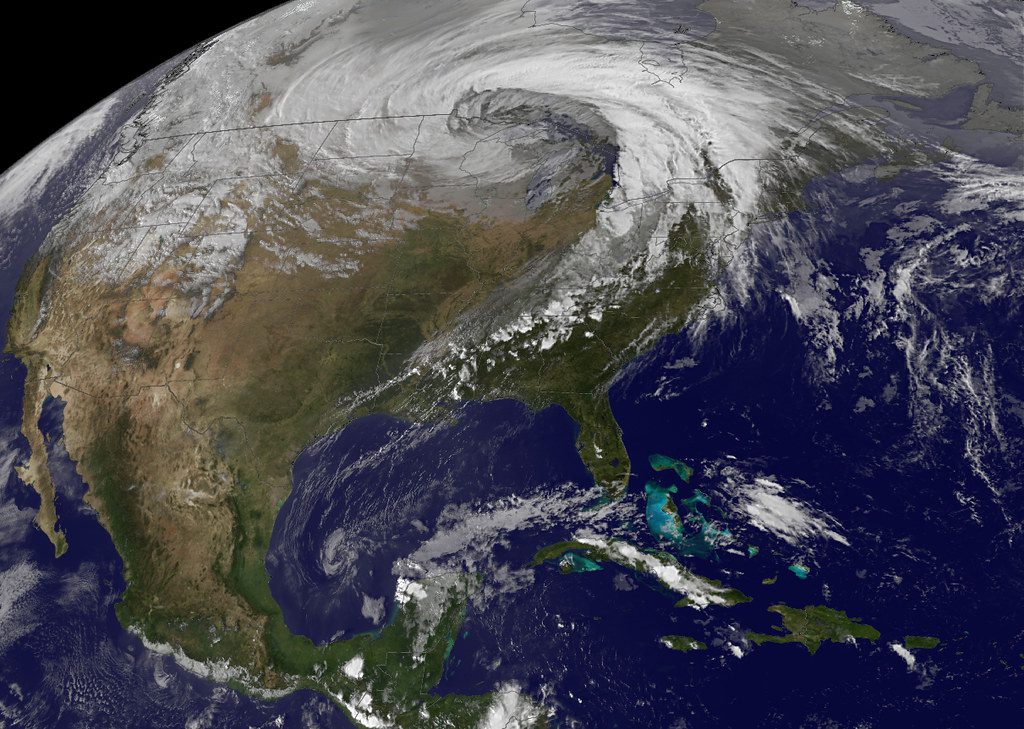
These are just a few examples of uncommon or weird weather-related questions. Weather is a complex and fascinating topic, and there are countless other interesting questions and phenomena to explore. Whether you’re interested in weather for fun or more practical reasons, there is always more to learn about the weather around us.
In conclusion, weather questions and answers can help us better understand the complex systems that govern our atmosphere and weather patterns. By seeking out and learning about these topics, we can become more knowledgeable about the world around us and better equipped to navigate the ever-changing conditions of our planet’s weather.






































